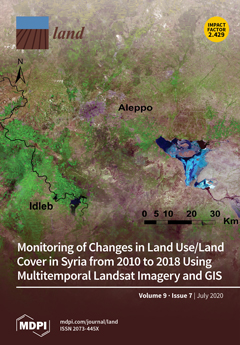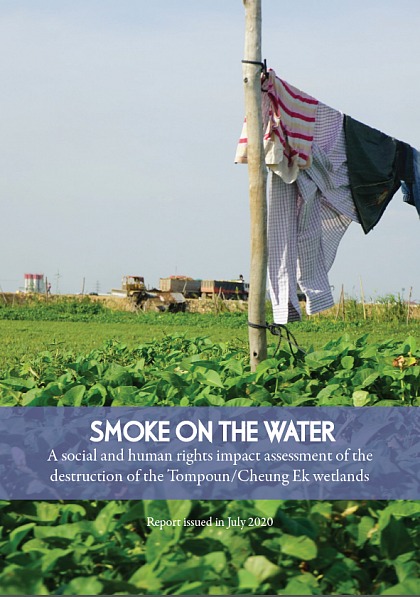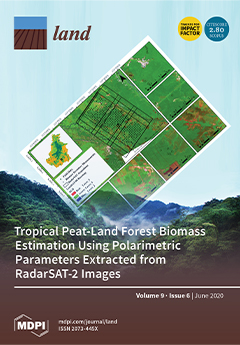Impact of cropland displacement on the potential crop production in China: a multi-scale analysis
Changes in the amount and location of cropland areas may affect the potential crop production at different spatial scales. However, most studies ignore the impacts of cropland displacement on potential crop production. In many countries, cropland protection policies mainly aim for no loss in cropland area, while there is no restriction on change of cropland location. Taking China as the study area, we analyze the impacts of cropland displacement on potential crop production at four administrative levels during the period 2000 and 2018.





